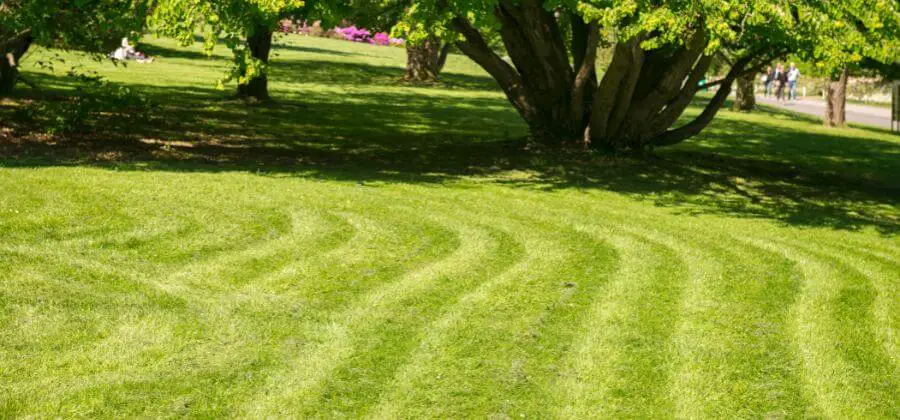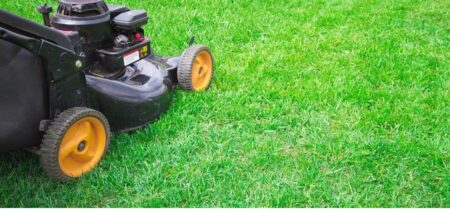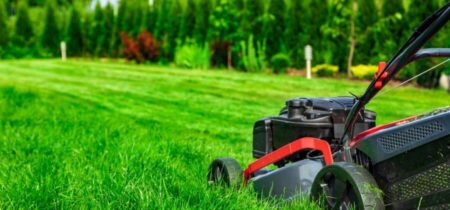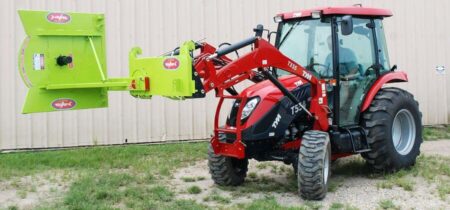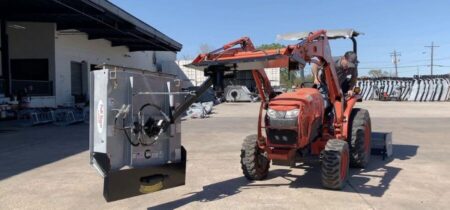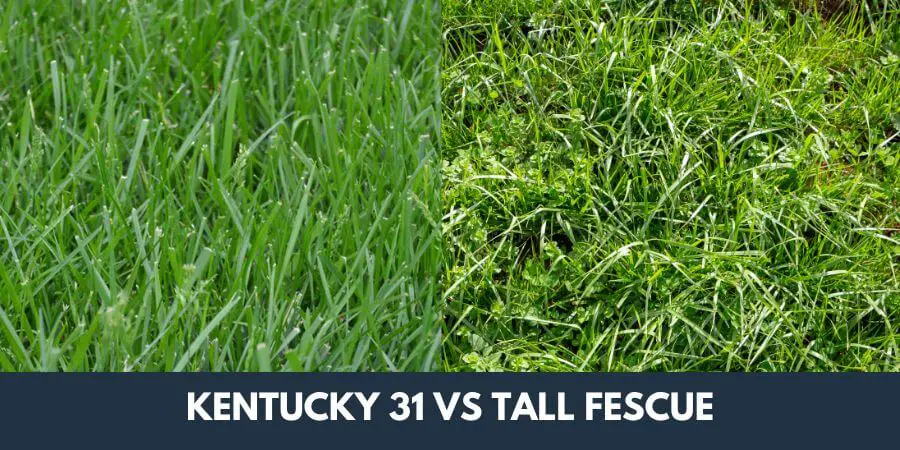Is there a specific period after mowing your pasture that your horses must be off the grass? It can be challenging to strike the right balance between wanting to get them back on the freshly cut grass as soon as possible so they can enjoy it and giving the grass enough time to heal.
If you release them too soon, the abrupt adjustment can cause them to experience intestinal problems. But waiting too long means losing valuable nutrition and grazing time. At least 2–3 days after mowing before turning horses back out on pasture. This gives the grass enough time to start recovering and reduces the chance of colic or laminitis.
However, the exact time will depend on factors like the type of grass, weather conditions, and how much was cut. It’s best to evaluate your specific pasture to determine the ideal turnout time. Your horses will thank you for your patience while their pasture grass returns to its normal state.
Why You Should Wait Before Allowing Your Horse to Graze After Mowing?
The grass in your pasture may look freshly mowed and tempting, but don’t let your horse out to graze just yet. There are a few important reasons to keep your horse off the new grass for a while.
The mowing process can damage the grass and make it less nutritious. The grass blades get cut and bruised, which stresses the plant. It takes time for the grass to recover and start producing nutrients again. If your horse eats the grass too soon, it won’t get as much nutritional value.
The mowing may have revealed weeds and plants that could make your horse sick. Unhealthy plants that were hidden before may now be exposed and within reach of your horse. It’s best to check the pasture first and remove anything poisonous before turning out your horse.
The change in grass height and type can upset your horse’s stomach if it’s allowed to gorge on the new grass. Their digestive system needs time to adjust to changes in diet. Letting your horse out right after mowing could lead to diarrhea, colic, and other issues.
For the health and safety of your horse, it’s best to wait 3 to 5 days after mowing before turning your horse out on the new grass. This gives the grass, weeds, and your horse’s digestive system time to settle. When you do turn your horse out, start with just 15–30 minutes of grazing time and increase it over a week or two. This gradual change will help your horse transition to the new grass and keep its tummy happy.
How Long Should You Wait Before Turning Your Horse Out on Pasture?
You’ve just mowed your pasture, and now your horse is eager to get back out and graze. How long, though, should you wait before distributing them? Generally speaking, it’s preferable to keep horses off the pasture for 3 to 5 days following mowing. Why the wait?
- Immediately after mowing, the grass is stressed and less nutritious. Given a few days, the grass will start regrowing and restoring nutrients.
- Second, the mowing process can make the grass temporarily less digestible. The cut ends of grass blades need to seal up, and the grass needs time for its cell structure to stabilize. Turning a horse out too soon could lead to digestive upset.
- Finally, short grass right after mowing poses risks like sand colic or laminitis. The freshly cut grass has more exposed roots and soil, which horses may accidentally eat. New growth also has a higher sugar content, which can be problematic for some horses.
To be safe, check your pasture after 3 days. The grass should be visibly starting to regrow, with no exposed soil. Do another check at 5 days; if the grass is a few inches long and looking healthy again, your horse should be good to go. As always, introduce your horse to the pasture slowly at first and keep an eye on them to make sure all is well before turning them out unsupervised.
With a little patience, you’ll have happy, healthy horses and a pasture that’s mowed and ready for grazing.
Why Is It Necessary to Wait a Few Days After Mowing?
- Wet clippings can cling together in clumps, which could choke your horse if eaten.
- As the clippings decompose, they release gases like carbon dioxide that can be harmful if inhaled in large amounts.
- The sudden increase in rich grass after mowing may cause digestive upset in some horses.
- Short, freshly cut grass may not provide enough fiber.
- The mowing equipment can damage the grass and make the ends sharp.
Conclusion
The key things to keep in mind after mowing before letting your horses back on the pasture Give those grass clippings ample time to dry out and allow the sugars to decrease to a safe level. Your horses will appreciate you keeping their health and safety in mind.
While 24-48 hours is good, be sure to check on your specific grass types and weather conditions. If anything seems off or your horses show signs of digestive upset, don’t hesitate to call your vet.
They are always happy to provide advice that fits your needs. You are responsible for your horses, so take your time and follow your gut.
FAQs
When is it safe after mowing for horses to gaze?
There are a few considerations to make, though: Weather conditions, types of grass legumes like clover or alfalfa dry faster than grasses, Height of remaining grass. If your horse seems uncomfortable grazing after the initial waiting period, keep him confined for another day. Your horse’s health and safety should be a priority.
When should horses go out to graze on grass?
Sugar is the main fuel for plant development. As a result, plant sugar levels are higher in the late afternoon and lower in the morning. Susceptible horses should graze between 3 and 10 in the morning when plant sugars are lower.
Your horse may eat at night, but is that possible?
Horses are grazing animals that have evolved to consume low-value, high-fiber food for up to 18 hours a day while browsing bushes, trees, and shrubs. For their physical and mental health, horses need to have access to low-calorie food all the time, especially at night.
For more lawn care tips visit here and for more guides related to mowers visit Mowers Guide

